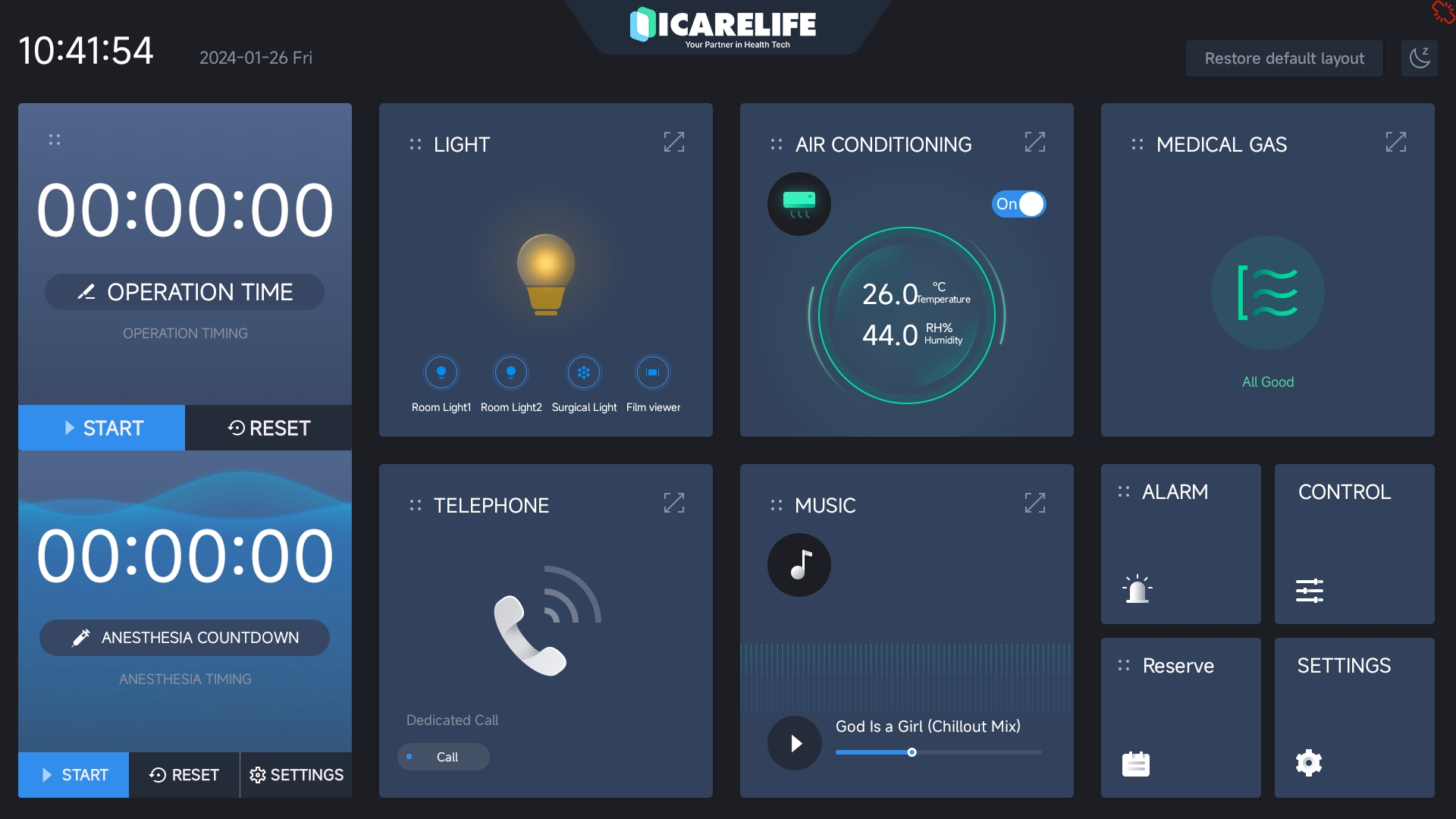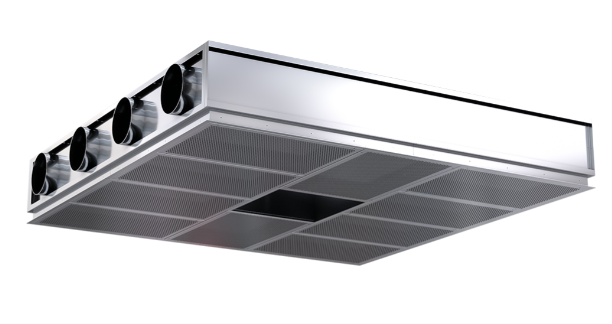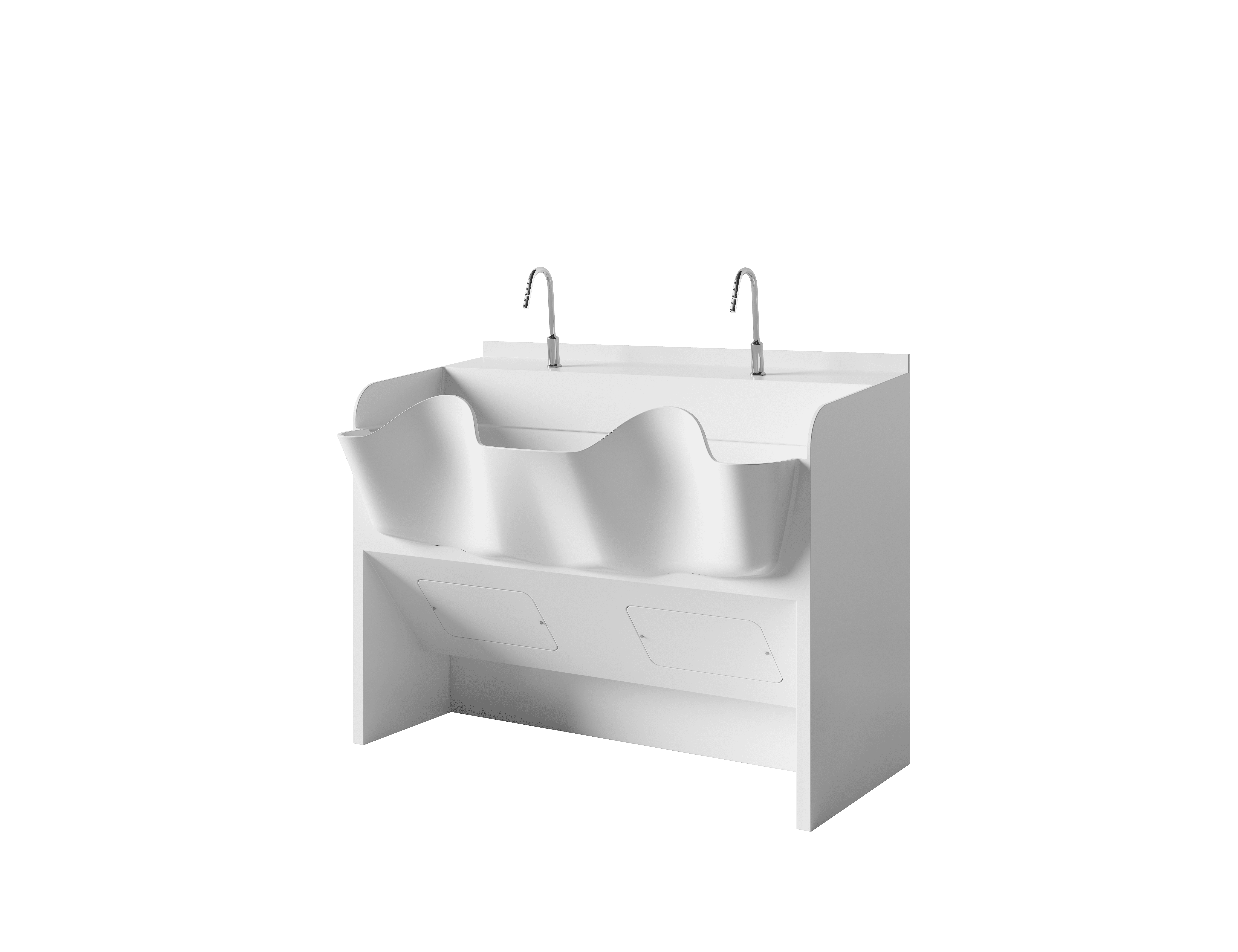Operating Room Control Panel

What is OR Control Panel?
- Central Interface: A control panel serves as a central interface or dashboard for managing, controlling, and monitoring various aspects of medical systems or equipment.
- Ease of Operation: It provides ease of operation, facilitating control of various parameters or settings pertaining to specific procedures or operations. This could include controlling lighting, temperature, medical gas flow, or device operation settings, to name a few examples.
- Broad Applicability: Control panels may be part of a variety of medical devices or systems, from imaging machines and patient monitoring systems to laboratory equipment or integral components of an operating room.
- Displays: Control panels often feature displays—either analog or digital—that provide user feedback about the system’s status or any adjustments made.
- Critical Interface: The human-machine interface that control panels provide is critical for precision, operational efficiency, and safety within healthcare environments.
The Necessity of Control Panels
Operational Efficiency
Control panels are crucial for improving operational efficiency by enabling healthcare professionals to easily operate and monitor various systems and equipment in medical settings.
Improved Safety
By providing a clear interface to control and monitor various aspects of medical systems and equipment, control panels can significantly enhance the safety of patients and healthcare professionals.
Ease of Use
Control panels simplify the use of complex medical equipment and systems by offering an intuitive user interface. This reduces the learning curve and allows for more widespread usage of such systems.
Proactive Monitoring
Control panels often provide monitoring capabilities that help in early detection of potential issues, ensuring smooth operation and minimizing downtime of the medical equipment or system.
Working Principle of Control Panels
- Input Devices
Control panels receive input from the user through devices such as switches, buttons, touchscreens, or dials. These input devices are designed to accept human manipulation and translate it into a signal that can be understood by the control system.
- Processing Unit
The heart of a control panel is its processor, which interprets signals from the input devices and uses them to execute preprogrammed instructions.
- Output Devices
After processing the inputs, the control panel sends signals to output devices that perform the desired actions. Output devices can include various types of equipment, from lighting systems to medical devices and other types of machinery.
- Feedback Mechanism
Many control panels also incorporate feedback mechanisms. These mechanisms allow the system to monitor its own output and make adjustments as necessary to maintain the desired level of performance.
- User Interface
The control panel’s user interface enables humans to interact with the system. It typically includes physical components such as buttons or switches, as well as digital elements like display screens and software interfaces.
Benefits and Usage of Control Panels
Centralized Control: Control panels serve as a central point from which various systems or devices can be controlled. This consolidates command functions and simplifies the user’s task.
Enhanced Efficiency: By automating processes and providing quick access to control functions, control panels can significantly enhance operational efficiency. They can automate complex sequences of tasks, reducing manual work and the potential for errors.
Improved Safety: In many instances, control panels contribute to improved safety by enabling users to monitor and control processes remotely, thus minimizing direct interaction with potentially dangerous equipment or processes.
Flexibility and Scalability: Control panels can be designed to handle a wide range of tasks, from simple to complex, and can be scaled up or down as necessary to meet the requirements of different applications.
User-friendly Interfaces: Modern control panels often feature user-friendly interfaces that make them easy to use, even for individuals without extensive technical knowledge.
Cost-Effective Operations: By optimizing process control and reducing the need for manual intervention, control panels can help to lower operational costs.

Selecting the Right Control Panel
- Assess Your Needs
Understanding the specific requirements of your system is the first step in choosing the right control panel. Consider the tasks you want to automate and the complexity of the processes involved.

- Size and Design
Depending on the area where it’s to be installed and the number of controls it needs to have, the size and design of the control panel can vary greatly. Make sure the chosen panel fits in the allotted space and has a layout that facilitates ease of use.
- Compliance with Standards
Check that the control panel complies with relevant safety and quality standards. This can ensure that it operates reliably and that it is safe to use.
- Ease of Use
The control panel should have a user-friendly interface that makes it easy for operators to understand and use.
- Expandability
Look for control panels that can be easily expanded or upgraded to accommodate future needs.
- Manufacturer Support
Choose a control panel from a manufacturer that provides good after-sales service and technical support.
Get in touch
Ready to Elevate Your Product Range?
Our comprehensive line of OR control panels is designed to help you expand your offerings and meet your client’s needs more effectively. With swift delivery times, diverse product categories, and unwavering after-sales service, we are committed to fostering a robust business relationship. Contact us today to discover more about our products and services, and see how we can help enhance your B2B operations.



